
Forget bland diets! Embark on a flavorful journey where everyday spices do more than just tantalize your taste buds—they unlock a natural way to support healthy blood pressure. For centuries, cultures worldwide have cherished these aromatic ingredients for their medicinal magic. Now, science is revealing the potent bioactive compounds hidden within, transforming your meals into opportunities for wellness.
Has your blood pressure been creeping up lately? A study in the journal Hypertension suggests as many as 75 percent of women over 50 have high BP, also known as hypertension. And while blood pressure medication is a mainstay of treatment, the CDC notes that antihypertensive drugs don’t always bring blood pressure under control. Fortunately, studies suggest dietary changes can make a meaningful difference—and adding heart-smart seasonings to food is one of them. While doctors are quick to prescribe medications, they rarely mention the powerful natural medicines we’re about to explore—plants with scientific evidence showing they can lower blood pressure, clear arteries, and improve heart function naturally.
So, how exactly do these humble kitchen staples work their magic? Incorporating spices and herbs into daily meals enhances flavor without adding excess sodium, as noted by Elizabth Lumpkin, MD, Clinical Advisor at Southeast Addiction Center in Nashville, Tennessee. This is a significant boon for blood pressure, since a high intake of salt and the sodium it contains can cause fluid retention that spikes blood pressure. Furthermore, research in the journal Biochemistry and Biophysics Reports shows that excess sodium can amp up inflammation and oxidative stress, processes that cause blood pressure to climb. But compounds found in certain herbs and spices can help keep a lid on blood pressure in other surprising ways, adding benefits from antioxidants, polyphenols, and other compounds that have blood pressure-lowering effects, as emphasized by Bethany Tennant, ND, CNS, Naturopathic Physician and Certified Nutrition at Natural Sports Medicine.

1. Cinnamon: Sweet and Spicy Health Benefits
Cinnamon, a beloved spice with a sweet yet spicy flavor, has been used for centuries in both culinary and medicinal contexts. Its primary active component, cinnamaldehyde, is known for its ability to improve insulin sensitivity and lower blood sugar levels. This effect on blood sugar can inherently help improve blood pressure, as Autumn Bates, CPT, Certified Clinical Nutritionist and Founder and CEO at Autumn Elle Nutrition, highlights.
Beyond blood sugar stabilization, recent studies suggest that cinnamon also holds promise in directly reducing blood pressure. By relaxing blood vessels and acting as a natural diuretic, cinnamon helps in reducing the strain on the cardiovascular system. These actions contribute to smoother blood flow and reduced arterial pressure.
Indeed, a Journal of Hypertension study shows that people with uncontrolled hypertension lowered their systolic (top number) and diastolic (bottom number) blood pressure by consuming 2 grams of cinnamon (about ½ tsp.) for 30 days. This demonstrates a measurable impact on hypertension through consistent use of this accessible spice. Incorporating cinnamon into daily meals, whether sprinkled on oatmeal or stirred into coffee, can be a simple yet effective strategy for managing blood pressure.
However, it’s crucial to be mindful of the type of cinnamon used. While cassia and Ceylon are two widely-available varieties, cassia is up to 63 times higher in coumarin, a compound that can be toxic to the liver. German experts advise opting for Ceylon cinnamon instead to safely enjoy its remarkable benefits.
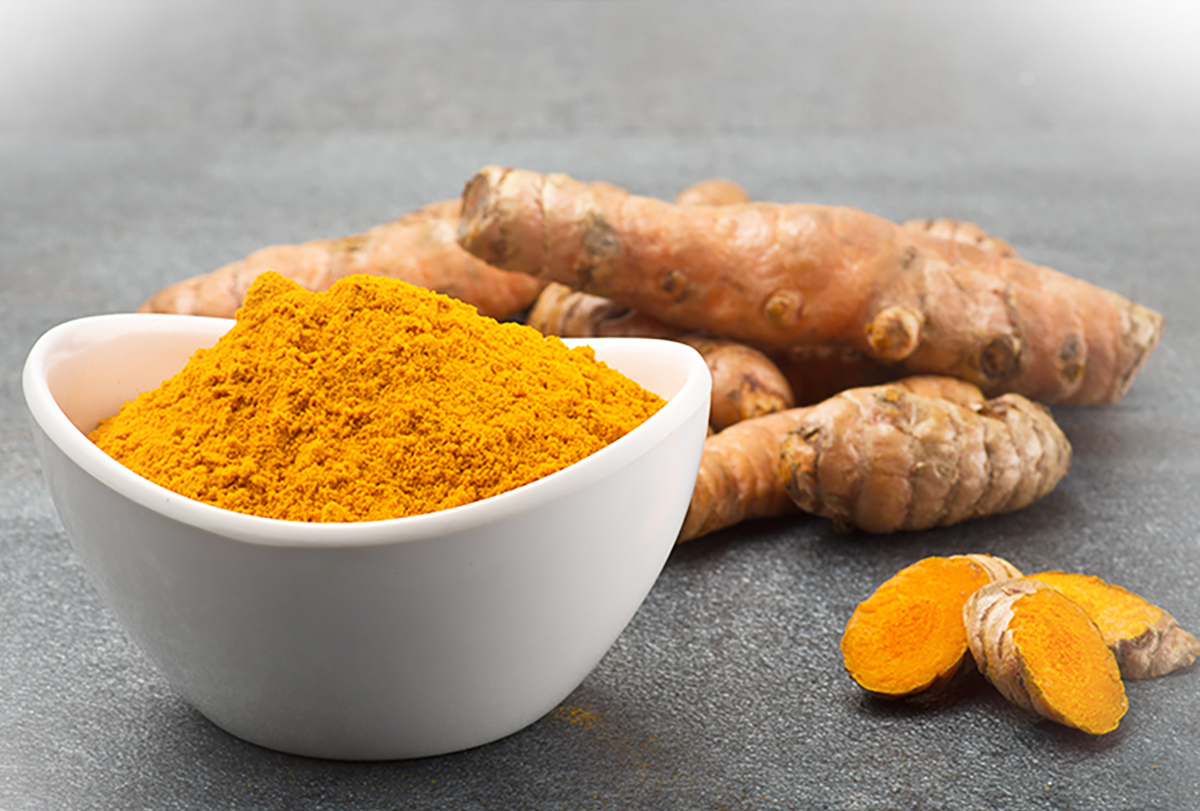
2. Turmeric: The Golden Healer
Turmeric, often hailed as a superfood, owes its vibrant yellow color and profound health benefits to curcumin, a powerful anti-inflammatory compound. This golden healer has been a staple in traditional medicine across various cultures for its extensive medicinal magic, moving beyond just culinary appeal.
Curcumin has been shown to significantly improve endothelial function, which is absolutely vital for maintaining healthy blood pressure. Endothelial cells line the interior surface of blood vessels, playing a critical role in their relaxation and constriction. Supporting this function is paramount for preventing hypertension-related complications.
By actively reducing inflammation and oxidative stress throughout the body, turmeric supports robust cardiovascular health. These protective actions are key to maintaining long-term heart well-being and preventing damage that can lead to increased blood pressure.
The versatility of turmeric in cooking is extensive, offering a warm, earthy flavor that complements dishes from vibrant curries to nutritious smoothies. Its ease of incorporation into daily meals makes it an accessible ingredient for health-conscious individuals. For those seeking to maximize its health benefits, combining turmeric with black pepper can significantly enhance curcumin absorption due to piperine, amplifying its anti-inflammatory and blood pressure-supportive effects.
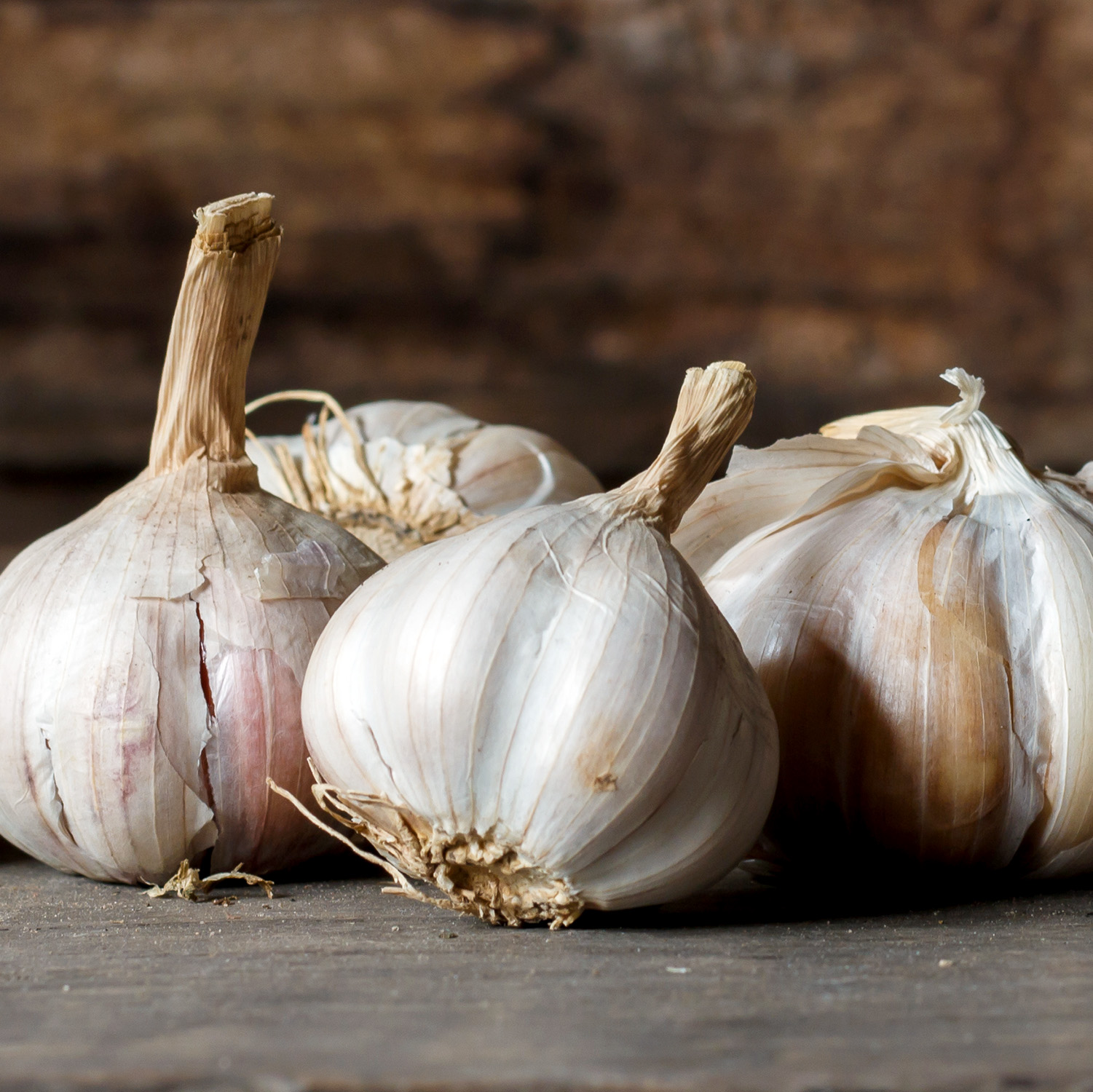
3. Garlic: Nature’s Blood Pressure Pill
Garlic is renowned for its pungent aroma and its impressive health benefits, particularly in cardiovascular health. It’s truly ‘Nature’s Blood Pressure Pill,’ capable of working as effectively as some prescription blood pressure medications, yet without the unwanted side effects that often accompany pharmaceutical interventions. It stands out as one of the most well-researched herbs for lowering high blood pressure, as Dr. Lumpkin emphasizes.
The key compound in garlic is allicin, a sulfur-based molecule responsible for both its strong smell and its medicinal properties. To unlock its full potential for heart health, simply crush or chop garlic and let it sit for about 10 minutes. This crucial waiting period allows allicin to form and become highly bioactive, ensuring you receive the maximum therapeutic benefits from this ancient remedy.
Allicin has been shown to improve blood flow and reduce hypertension through several mechanisms. Among those, Dr. Lumpkin lists helping the body produce nitric oxide, a substance that relaxes blood vessels, and protecting against oxidative stress and inflammation. While many doctors prescribe ACE inhibitors to manage blood pressure, these drugs often come with side effects like kidney strain or persistent coughs. Garlic, on the other hand, relaxes blood vessels and improves circulation naturally, acting similar to ACE inhibitors.
A meta-analysis of 12 clinical studies found that garlic supplementation reduced systolic blood pressure by an average of 8-10 points, results comparable to many pharmaceutical options. This makes garlic a practical and potent alternative for those looking to manage hypertension without the common risks associated with medication. An Indian research team even found significant blood pressure improvements in people who enjoyed three to four cloves of garlic per day.
Beyond blood pressure, garlic also plays a crucial role in cholesterol management. Unlike statins, which primarily lower LDL cholesterol, garlic helps prevent LDL oxidation—the real danger behind plaque buildup in arteries. Oxidized LDL contributes to inflammation and arterial damage, but garlic’s antioxidants counteract this process. Research shows that regular garlic consumption can reduce total cholesterol by up to 10-15% in some individuals, demonstrating its powerful, dual-action capability for cardiovascular health. Additionally, garlic supports immune function and fights infections, its antibacterial and antiviral properties recognized for centuries.
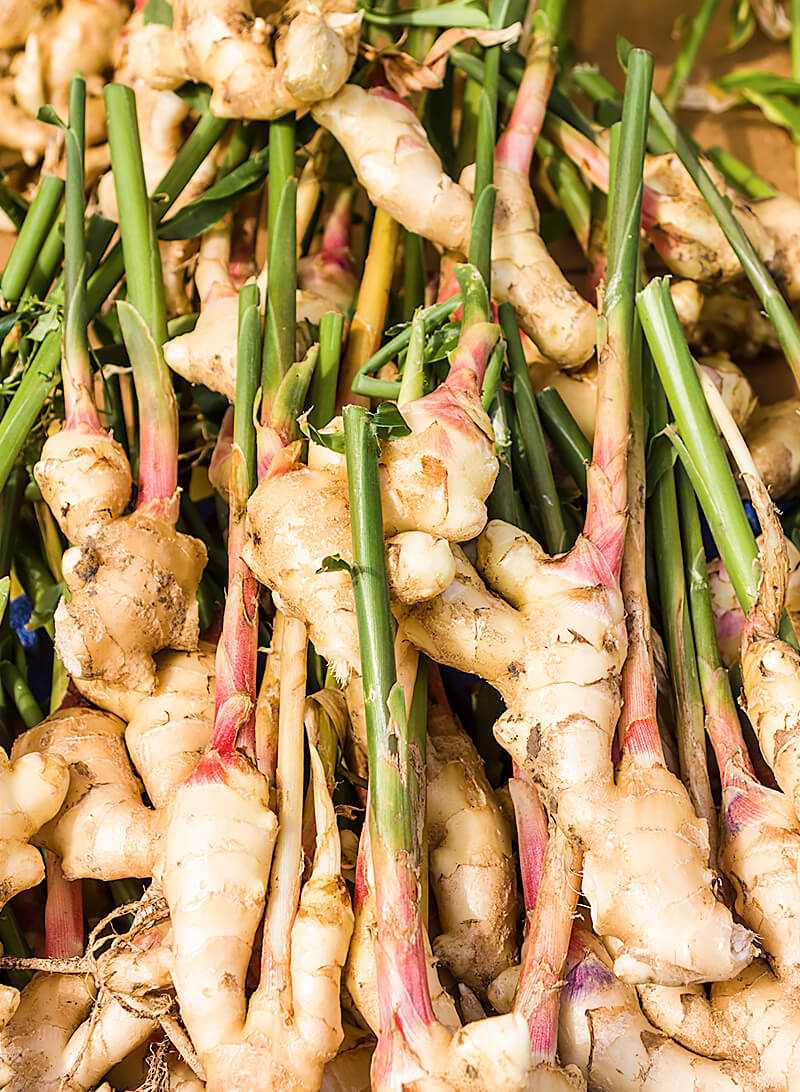
4. Ginger: The Inflammation Fighter
Ginger, with its zesty and warming flavor, is a staple in many cuisines and a revered remedy in traditional medicine. It stands out as ‘The Inflammation Fighter’ because chronic inflammation is like rust slowly compromising the engine of your heart, silently damaging your arteries over time. This pervasive issue is a root cause of many cardiovascular problems.
Ginger contains powerful compounds called gingerols and shogaols that combat this inflammation at its source. These active ingredients give ginger its distinctive spicy flavor while also providing significant medicinal benefits for your cardiovascular system. Unlike NSAIDs, which can harm your gut and kidneys with long-term use, ginger reduces inflammation without these dangerous side effects, offering a gentler yet effective alternative.
Research shows ginger significantly lowers inflammatory markers like C-reactive protein (CRP), a key indicator directly linked to heart disease risk. Studies have found ginger can be as effective as some over-the-counter pain medications in reducing inflammation and pain. Beyond fighting inflammation, ginger improves circulation by preventing platelets from clumping together, which means better blood flow to your heart and brain, reducing your risk of clots that could lead to heart attacks or strokes.
The active compounds in ginger have also been found to improve circulation and reduce blood pressure by inhibiting enzymes that constrict blood vessels, allowing ginger to act as a natural vasodilator. Autumn Bates notes that because of a compound called gingerol, ginger has been found to help lower high blood pressure. A study of hypertensive patients found that drinking a cup of ginger tea daily decreased systolic blood pressure by more than nine points, and diastolic pressures dropped nearly four points, on average. Authors of the study confirm that gingerol gets credit for the spice’s BP-easing impact, explaining that the compound has an action similar to blood pressure drugs known as ACE inhibitors.
Imagine starting your day with a warm cup of ginger tea; simply steep thin slices in hot water for 10 to 15 minutes. Adding lemon and honey can enhance both taste and health benefits, making this a simple, healthy daily routine. Ginger also works well in smoothies, juices, and cooked dishes, complementing both sweet and savory recipes with its warming flavor. Ginger supports overall health beyond heart benefits, aiding digestion, boosting immunity, and potentially helping with weight management, all without the side effects of pharmaceuticals.
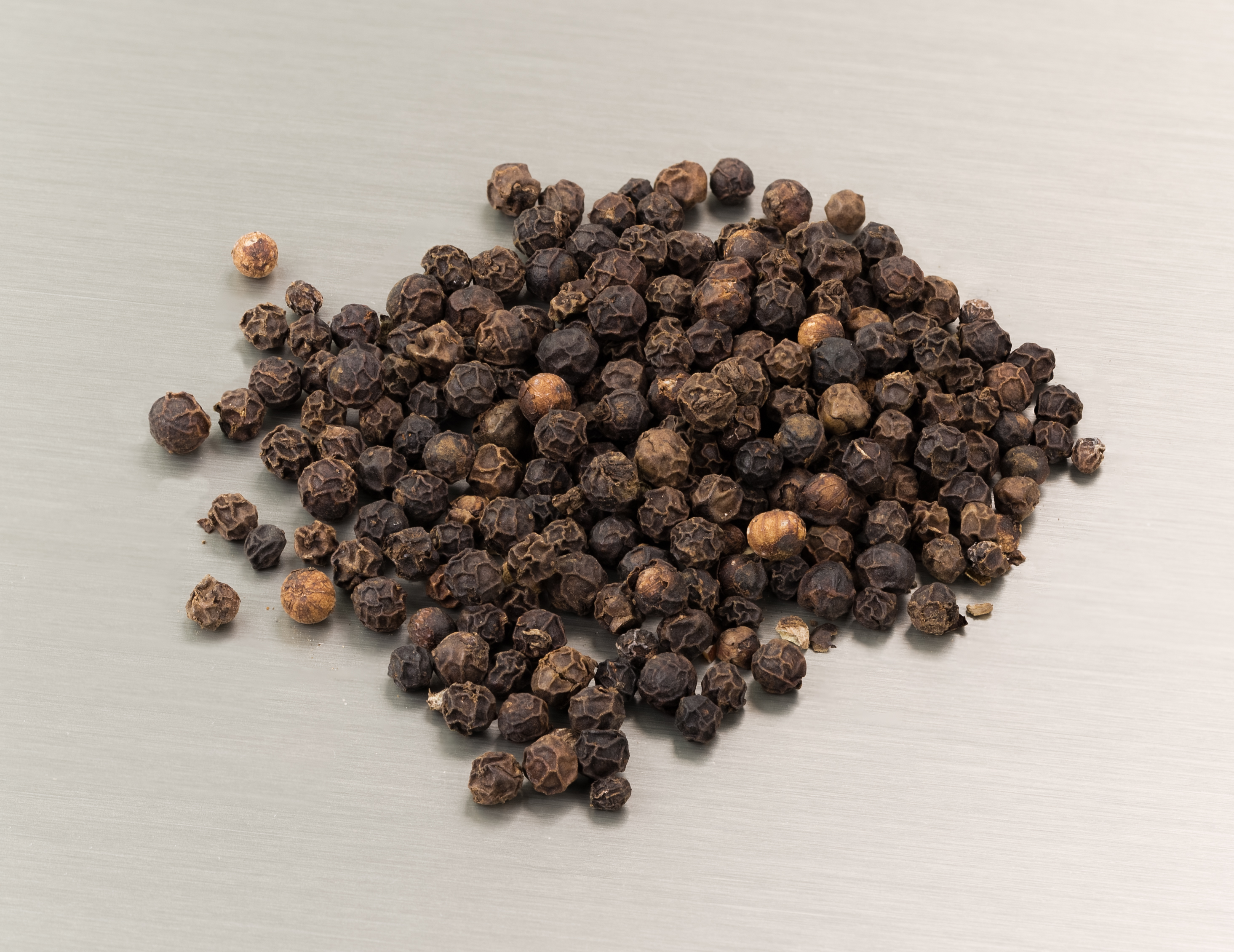
5. Black Pepper: The King of Spices
Black pepper, widely known as the “king of spices,” is a truly ubiquitous seasoning that enhances the flavor of countless dishes globally. Its distinct piquancy and ability to elevate culinary experiences are largely due to piperine, its primary active compound. This versatile spice is more than just a flavor booster; it plays a subtle yet important role in nutritional absorption and overall health.
Piperine, the active compound in black pepper, has been shown to improve the bioavailability of other nutrients, meaning it helps the body absorb them more effectively. This is particularly crucial when paired with turmeric, as black pepper can significantly amplify the health benefits of curcumin, ensuring your body utilizes these powerful compounds more efficiently. It’s a fantastic example of synergistic nutrition.
Beyond this crucial role in nutrient absorption, piperine may also have a mild blood pressure-lowering effect. While more extensive research is continually exploring its direct mechanisms, its widespread inclusion in a balanced diet contributes to overall vascular health. Its presence ensures that other heart-healthy compounds are better utilized by the body, supporting a comprehensive approach to wellness.
The synergistic effects of black pepper in cooking and its potential role in a heart-healthy diet are noteworthy. Its ease of incorporation—from grinding it fresh over salads and roasted vegetables to including it in marinades and spice blends—makes it an effortless addition. By consciously using black pepper, you not only elevate the taste of your meals but also support the absorption of vital nutrients and potentially contribute to better blood pressure management, a simple step with broad implications for your cardiovascular system.

6. Cayenne Pepper: A Fiery Health Booster
Cayenne pepper, with its characteristic fiery heat, is far more than just a spice for the daring palate; it’s a powerful ‘Blood Flow Booster’ with significant cardiovascular benefits. Capsaicin, the active compound responsible for its intense warmth, is the key player in its therapeutic actions. This common kitchen spice offers profound support for your heart health.
Cayenne works in three specific ways to improve circulation and heart function. First, cayenne helps thin your blood naturally. A study in the American Journal of Clinical Nutrition showed cayenne reduced platelet aggregation by 45%, which is crucial because it helps prevent dangerous blood clots that can lead to strokes and heart attacks. Unlike pharmaceutical blood thinners that come with risks of excessive bleeding, cayenne keeps blood flowing smoothly without thinning it to dangerous levels.
Second, capsaicin acts on a special nerve cell receptor that helps blood vessels dilate, relaxing and widening these pathways to improve blood flow throughout your body, as Jennifer Pallian, BSc, RD, Food Scientist, explains. This means better circulation to your heart, brain, and other vital organs, naturally lowering blood pressure without relying on medications that can cause side effects like kidney damage or persistent coughs. It acts like a traffic controller, ensuring smooth movement.
Third, cayenne strengthens your arterial walls. The antioxidants inherent in cayenne help protect your blood vessels from damage and inflammation that can lead to plaque buildup over time. This protective effect helps maintain flexible, healthy arteries that can better regulate blood pressure and resist hardening, contributing to long-term vascular integrity. In a Chinese investigation, women who ate foods seasoned with chili peppers three times a week had healthier systolic and diastolic blood pressure levels than those who avoided the spice, underscoring its tangible benefits.
For those wanting to use cayenne, there are several effective methods. You can start with small amounts, perhaps 1/4 teaspoon in hot water as a warming tea. Capsules are another convenient option, with some practitioners recommending two capsules three times daily for consistent cardiovascular support. You can also add it to foods, though cooking may reduce some of its potency. The key is consistency—regular use provides the best results. For a tasty change of pace, try mixing a fermented red pepper paste called gochujang into stir-frys, soups, and marinades, as research in the journal Clinical Nutrition suggests it can reduce blood pressure.
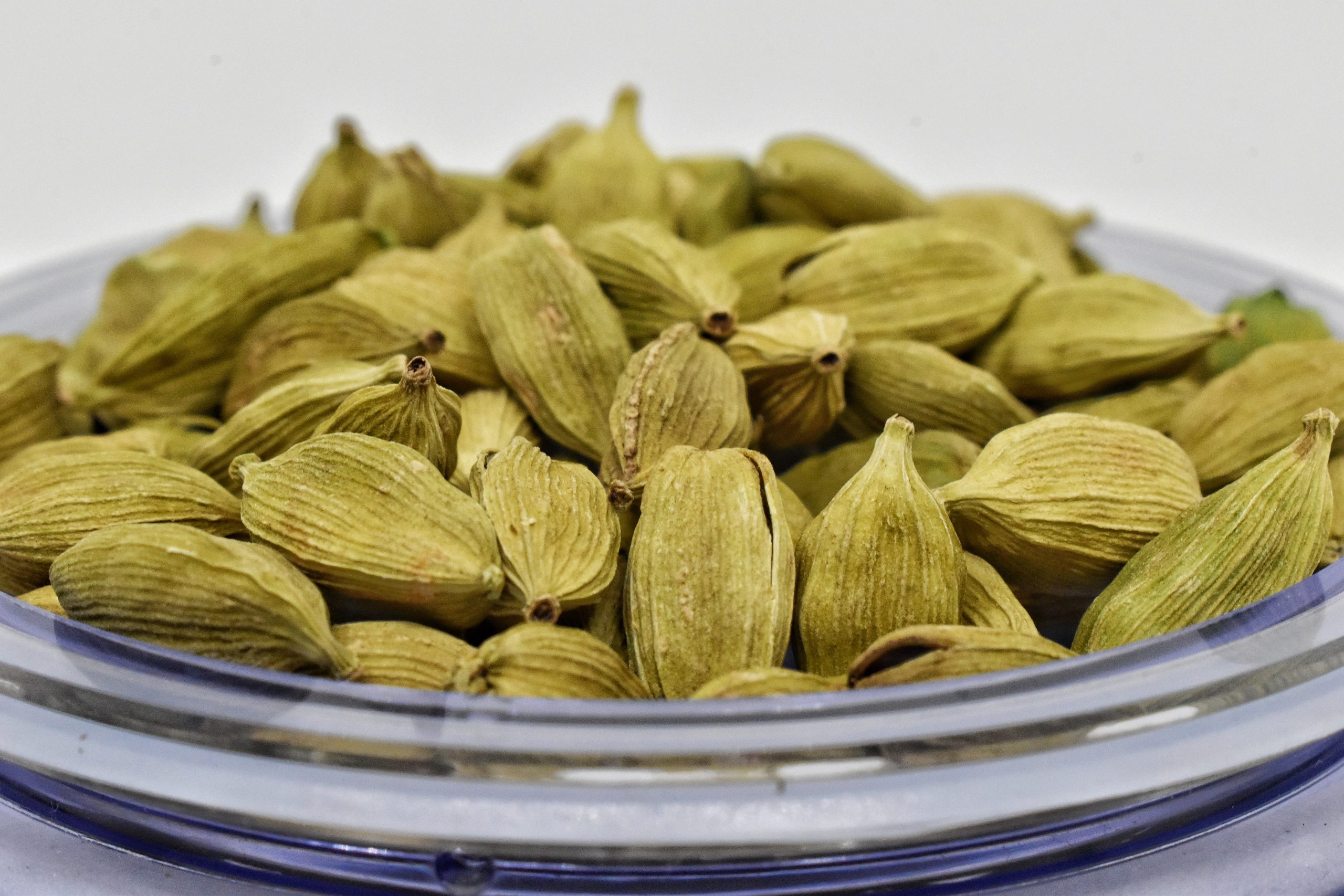
7. Cardamom: Aromatic and Medicinal
Cardamom, known for its aromatic and slightly sweet flavor, is a popular spice extensively used in both sweet and savory dishes, gracing cuisines from Indian to Middle Eastern. More than just a delightful flavor enhancer in chai tea or curries, research suggests that cardamom may significantly lower blood pressure, making it a valuable addition to a heart-healthy diet.
Cardamom contributes to blood pressure reduction by acting as a natural diuretic, which helps the body eliminate excess fluid, and by promoting the relaxation of blood vessels. These combined actions collectively reduce the strain on the cardiovascular system, facilitating smoother and healthier blood flow. Its cultural significance in various cuisines underscores its long-standing recognition for both flavor and wellness.
Indeed, a study published in the Indian Journal of Biochemistry & Biophysics demonstrated the spice’s impact: people who included 3 grams (about 1-1/2 tsp.) of powdered cardamom in their daily diets achieved significant blood pressure reductions in 12 weeks. This scientific backing reinforces its traditional use and potential as a natural antihypertensive agent.
Jennifer Pallian, BSc, RD, Food Scientist, explains that cardamom is rich in phytochemicals such as 1,8-cineole, terpinyl acetate, limonene, terpinolene, and myrcene, all of which possess anti-inflammatory and antihypertensive actions. Of particular note, cineole has been shown in animal studies to suppress angiotensin II activity, which is key since angiotensin II is a hormone that constricts blood vessels and raises blood pressure in the long term. This intricate mechanism provides a scientific basis for its heart-healthy effects. Practical advice on incorporating cardamom into daily meals, from spiced teas to baked goods, highlights its versatility and health-promoting properties.
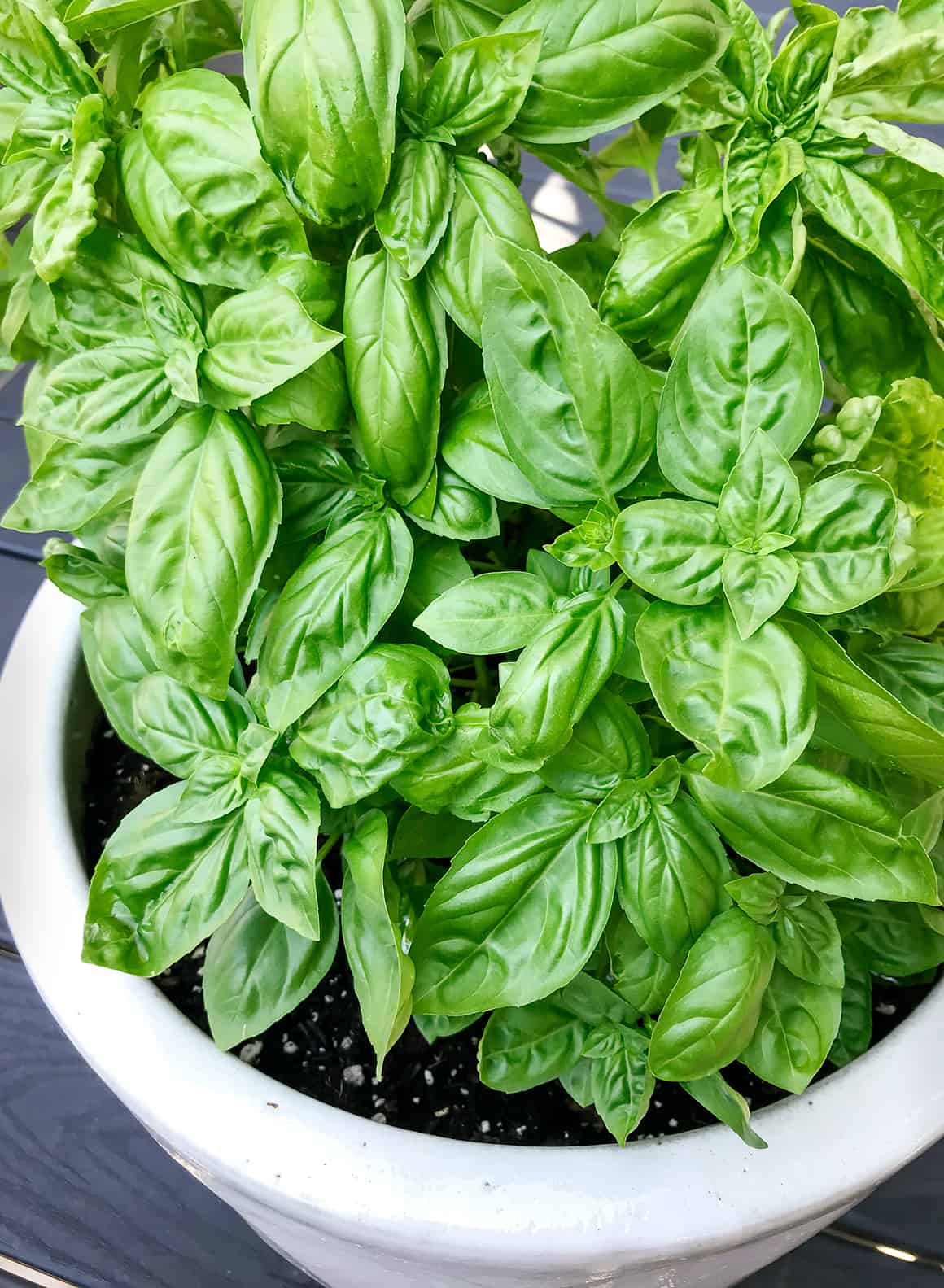
8. Basil: Sweet and Savory Health Enhancer
Basil, a fragrant herb synonymous with Italian cuisine, offers more than just culinary delight. Beyond its fresh, aromatic presence in salads or pesto, basil holds powerful compounds that actively contribute to cardiovascular wellness. It’s a valuable addition to a heart-smart diet, cherished for both its taste and therapeutic properties.
At the heart of basil’s medicinal prowess is eugenol, a potent compound recognized for its ability to lower blood pressure. Eugenol acts as a natural calcium channel blocker, relaxing the muscles around blood vessels. This relaxation allows blood vessels to widen, reducing resistance to blood flow and helping normalize blood pressure readings. Furthermore, basil is rich in antioxidants, which combat oxidative stress and inflammation, vital for maintaining vascular integrity.
Incorporating basil into your daily meals is refreshingly simple and incredibly versatile. Fresh basil leaves can be torn into salads, blended into homemade pestos, or simmered in comforting soups. Dried basil retains beneficial compounds and can be sprinkled into sauces, marinades, and roasted vegetable dishes. This effortless integration ensures you can enjoy basil’s blood pressure-lowering benefits in a myriad of delicious ways.
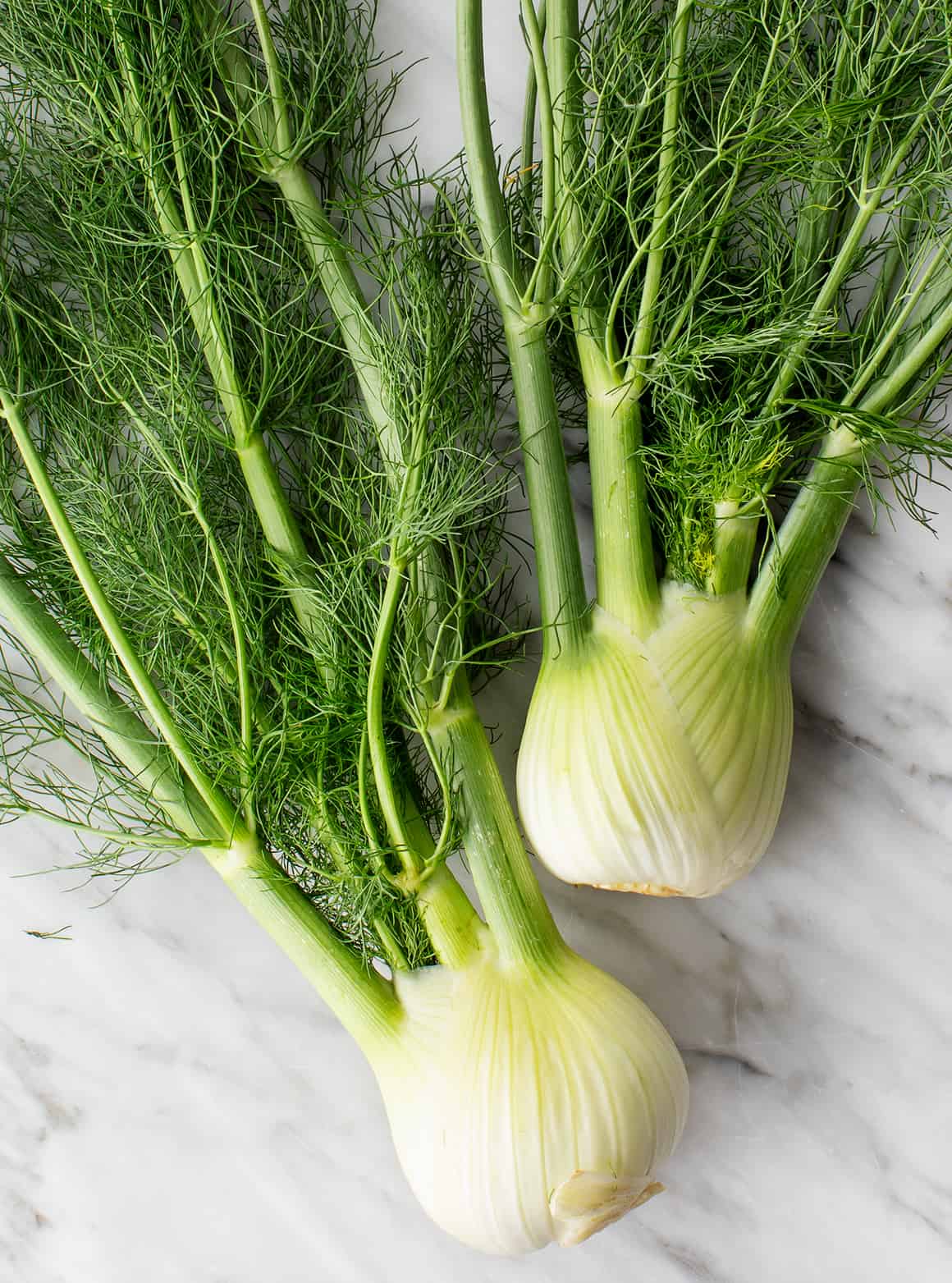
9. Fennel: A Sweet and Licorice-Like Remedy
Fennel, with its distinctive sweet, licorice-like aroma and flavor, is a versatile ingredient used in both culinary practices and traditional medicine. From the crisp bulb in salads to the aromatic seeds in herbal teas, fennel offers health-promoting properties, particularly for cardiovascular health. Its gentle yet effective nature makes it a cherished remedy for overall wellness.
The secret to fennel’s heart-healthy impact lies in its rich array of phytonutrients, most notably anethole. This powerful compound has been scientifically shown to induce relaxation in blood vessels, a critical action for maintaining healthy blood pressure levels. When blood vessels relax, they widen, reducing pressure against their walls and facilitating smoother blood flow. Beyond this, fennel also contributes to cardiovascular wellness through its anti-inflammatory and antioxidant properties, protecting arterial walls from damage.
Embracing fennel in your daily diet is both delicious and straightforward. The crisp fennel bulb can be thinly sliced into refreshing salads, roasted, or braised. Fennel seeds, with their more concentrated flavor, can be chewed after meals for digestion, incorporated into spice rubs, or brewed into a soothing herbal tea. These practical applications ensure that fennel’s benefits are easily accessible for managing blood pressure naturally.
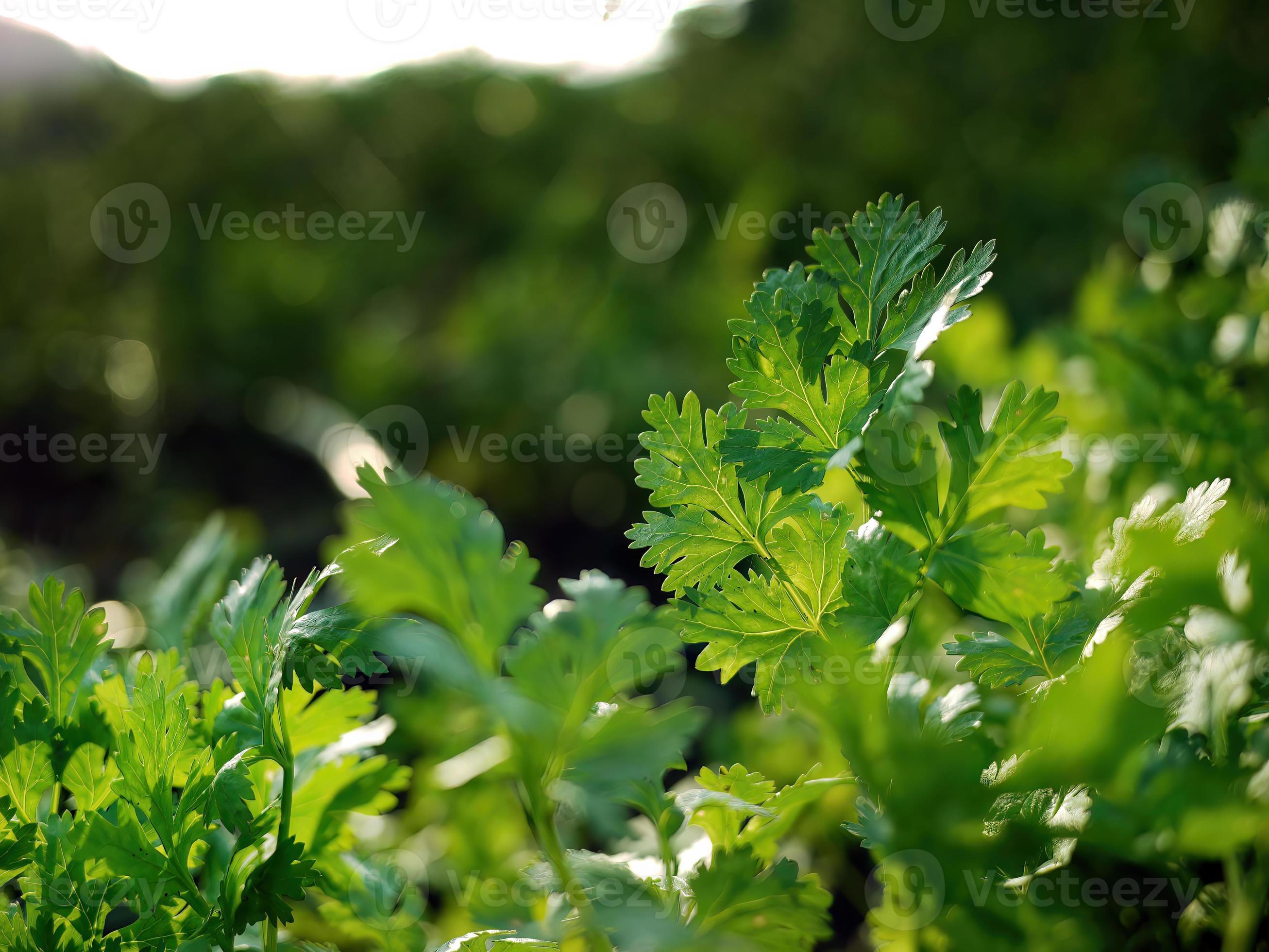
10. Coriander: A Citrusy and Nutty Ally
Coriander, an indispensable herb and spice globally, is celebrated for its duality – the fresh, vibrant leaves and the warm, citrusy, and nutty seeds. While both forms add undeniable depth to countless dishes, it is the seeds of the coriander plant that hold particular promise as a heart-healthy ally, especially when it comes to blood pressure management. Its widespread use in diverse cuisines underscores its long-standing recognition for flavor and wellness.
The seeds of coriander contain a powerful medley of compounds that contribute to its blood pressure-lowering effects. One significant mechanism is its action as a natural diuretic, helping the body to eliminate excess sodium and fluid, thereby decreasing pressure on arterial walls. Furthermore, coriander’s compounds actively promote the relaxation of blood vessels. This dual action—reducing fluid retention and relaxing vessels—works synergistically to support optimal blood pressure levels and enhance overall circulatory function.
Integrating coriander into your heart-healthy diet is wonderfully simple. The seeds, whether whole or ground, can be toasted and then added to curries, stews, marinades, and rubs. For those who enjoy the fresh herb, cilantro leaves can be generously sprinkled over tacos, salads, and soups, offering a burst of freshness. Making coriander a regular part of your cooking routine is an effortless way to leverage its potent, natural capabilities.
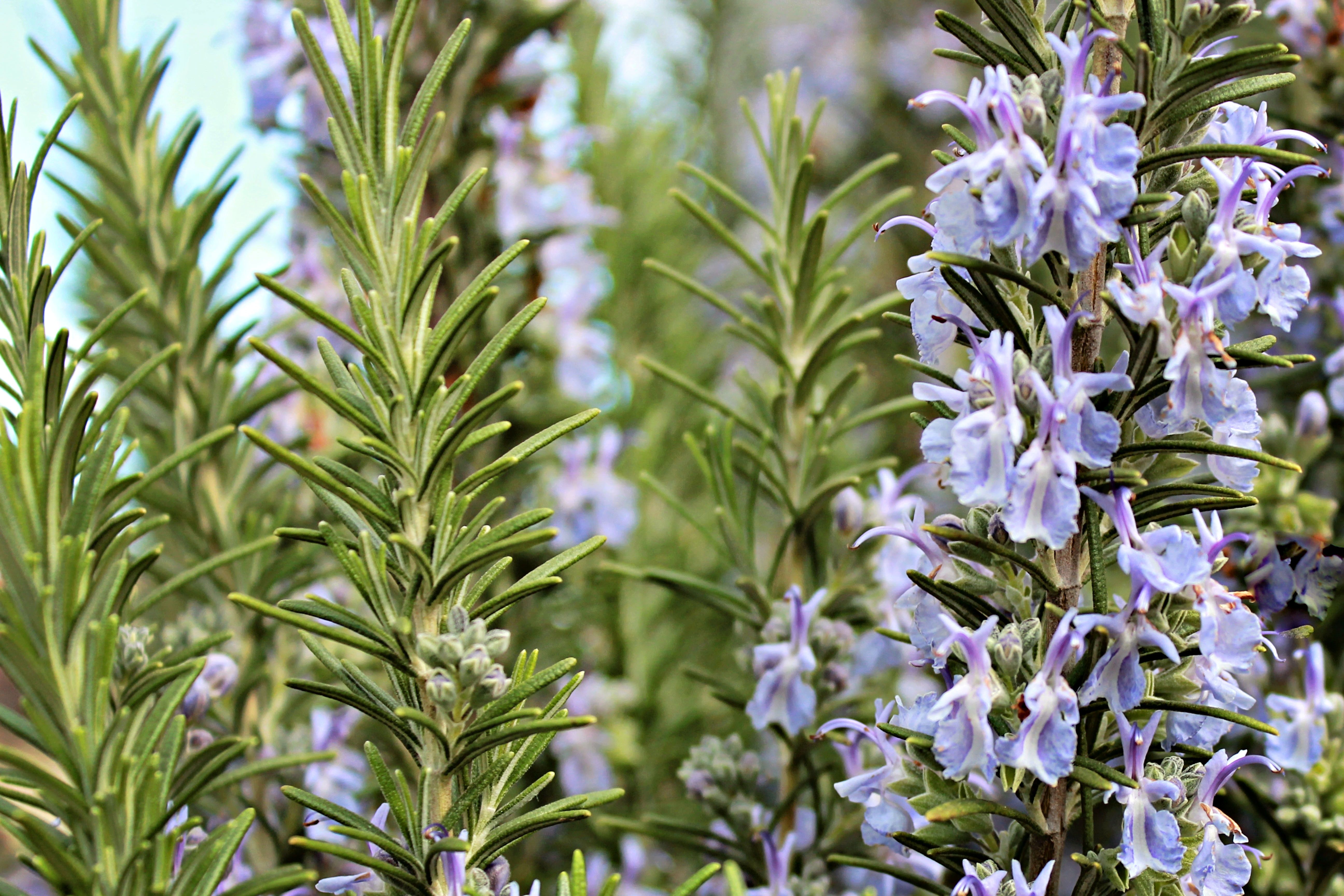
11. Rosemary: Woodsy and Robust Health Benefits
Rosemary, with its distinct woodsy, pine-like aroma and robust flavor, is much more than a culinary staple in Mediterranean cuisine. This fragrant herb is a powerhouse of beneficial compounds, making it a revered ingredient for its impressive health-promoting properties, especially concerning cardiovascular wellness. It’s an herb that truly elevates both your dishes and your health.
Central to rosemary’s health benefits are its rich concentration of antioxidants and anti-inflammatory compounds, particularly rosmarinic acid. These active components are formidable fighters against oxidative stress and chronic inflammation, two primary culprits in heart disease and hypertension. By neutralizing free radicals and calming inflammatory pathways, rosemary helps protect the delicate lining of blood vessels. Rosemary has also been shown to improve circulation by relaxing smooth muscles in arterial walls, reducing the burden on the heart.
Incorporating rosemary into your daily meals is both delightful and straightforward. Fresh rosemary sprigs can be tucked into roasted meats and vegetables, infusing them with its aromatic essence. Dried rosemary works beautifully in marinades, sauces, and homemade breads. You can also infuse rosemary into olive oil for a flavorful and heart-healthy dressing or dip. By making rosemary a regular part of your culinary repertoire, you’re actively embracing a natural path to improved circulation and better blood pressure management.
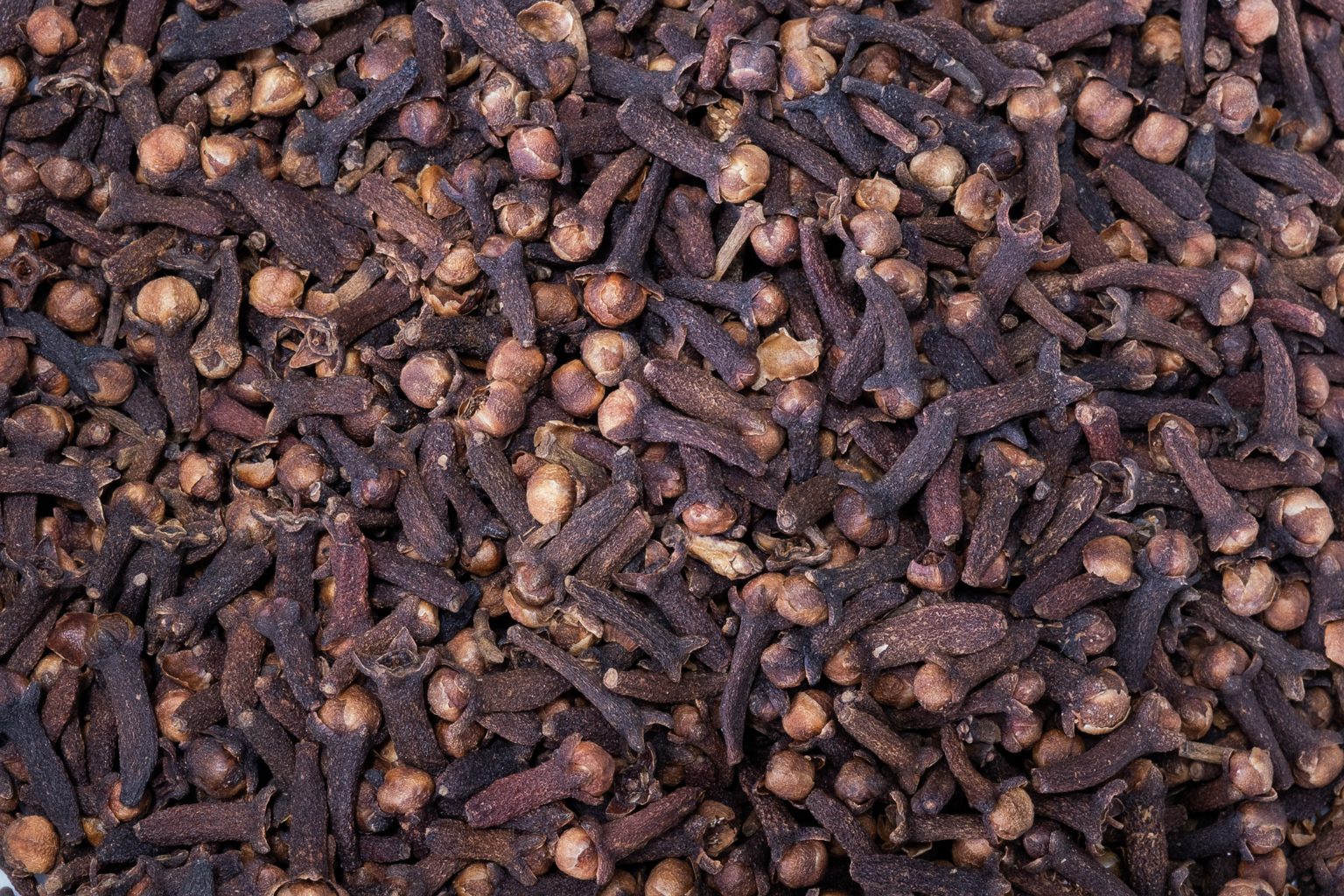
12. Cloves: Sweet and Spicy Wellness
Cloves, with their intensely aromatic, sweet, and spicy flavor profile, are a familiar sight in both festive holiday dishes and savory spice blends across various cultures. Yet, these small, nail-shaped buds are far more than just a flavor enhancer; they are a concentrated source of medicinal compounds that offer significant benefits for overall wellness, particularly in supporting cardiovascular health. Their potent nature makes them a powerful, yet often overlooked, ally for blood pressure management.
The primary active compound in cloves, eugenol, is a remarkable substance responsible for much of its therapeutic power. Eugenol has been scientifically recognized for its ability to act as a natural vasodilator, helping to relax and widen blood vessels. This crucial action allows blood to flow more freely and with less resistance, directly contributing to a reduction in blood pressure. Beyond this, cloves are packed with impressive antioxidants, vital for combating oxidative stress and inflammation that can damage arterial walls.
Incorporating cloves into your daily diet is easier than you might think. Whole cloves can be infused into hot beverages like mulled wine and chai tea. Ground cloves add a warm, complex note to baked goods, oatmeal, spice rubs for meats, and rich stews. Even a small pinch can make a significant difference, allowing you to harness the potent benefits of this sweet and spicy ingredient for promoting healthier blood pressure.
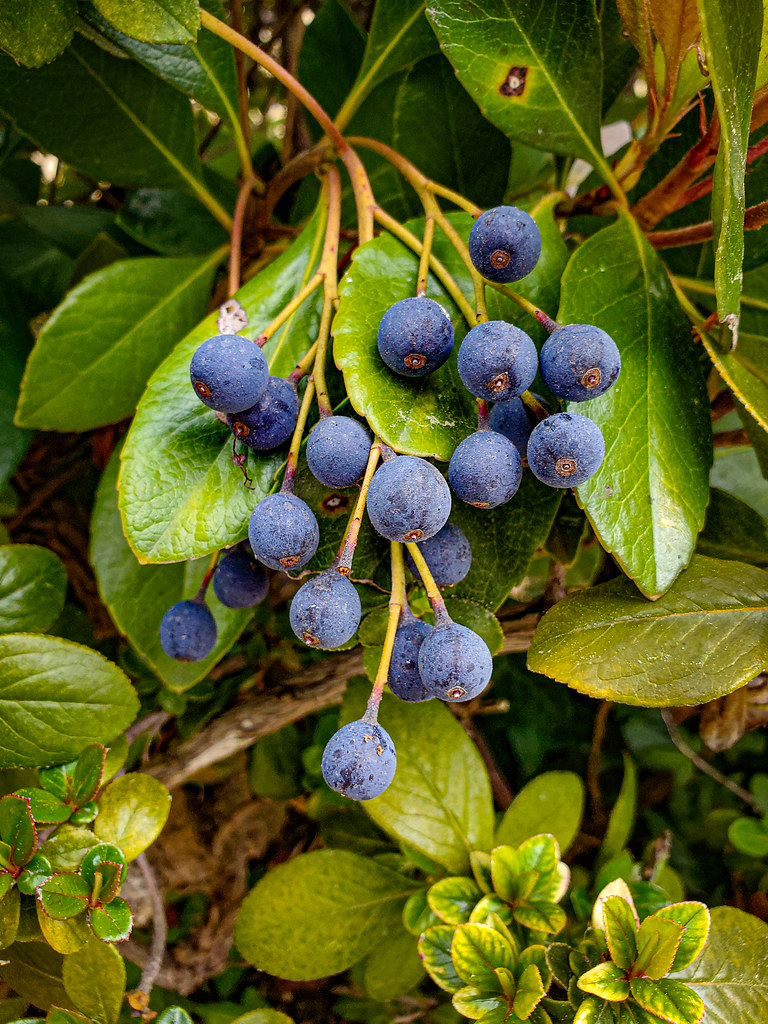
13. Hawthorn Berry: The Heart’s Comfort
While often traditionally classified as an herb, dried hawthorn berries have a rich culinary history, featuring in everything from jams and teas to syrups. More importantly, these small, vibrant red berries boast centuries of traditional use as a profound heart tonic in both European and Chinese medicine, earning them the endearing title, “The Heart’s Comfort.” Unlike many heart medications that come with a long list of serious side effects, hawthorn offers a gentler yet deeply effective approach to strengthening the heart over time.
Hawthorn berries are a treasure trove of potent antioxidants, including flavonoids and oligomeric proanthocyanidins (OPCs). These compounds are instrumental in supporting cardiovascular health through multiple intricate mechanisms. They actively improve coronary artery blood flow, ensuring that the heart muscle receives an adequate supply of oxygen and nutrients. Research also indicates that hawthorn may mildly inhibit ACE (angiotensin-converting enzyme), similar to some blood pressure medications, thereby promoting blood vessel relaxation and further supporting healthy blood pressure levels.
This remarkable berry doesn’t just manage symptoms; its active compounds relax blood vessels, leading to improved circulation and a reduction in arterial stiffness. Furthermore, the antioxidants in hawthorn protect against the oxidation of LDL cholesterol, a critical step in preventing plaque buildup in arteries. Traditionally, hawthorn is enjoyed in simple forms, such as teas brewed from the berries, flowers, and leaves. For more concentrated benefits, standardized extracts are available in supplement form, with typical dosages ranging from 250-500 mg three times daily, ensuring purity for maximum impact.
However, an important consideration with hawthorn is its potential to interact with existing heart medications. It may enhance the effects of blood thinners, blood pressure drugs, and heart failure medications. Therefore, if you are currently taking any prescription heart medications, it is absolutely vital to consult your doctor before incorporating hawthorn into your routine. This proactive step ensures your safety and helps avoid any unwanted interactions, allowing you to still benefit from hawthorn’s natural properties under medical guidance.
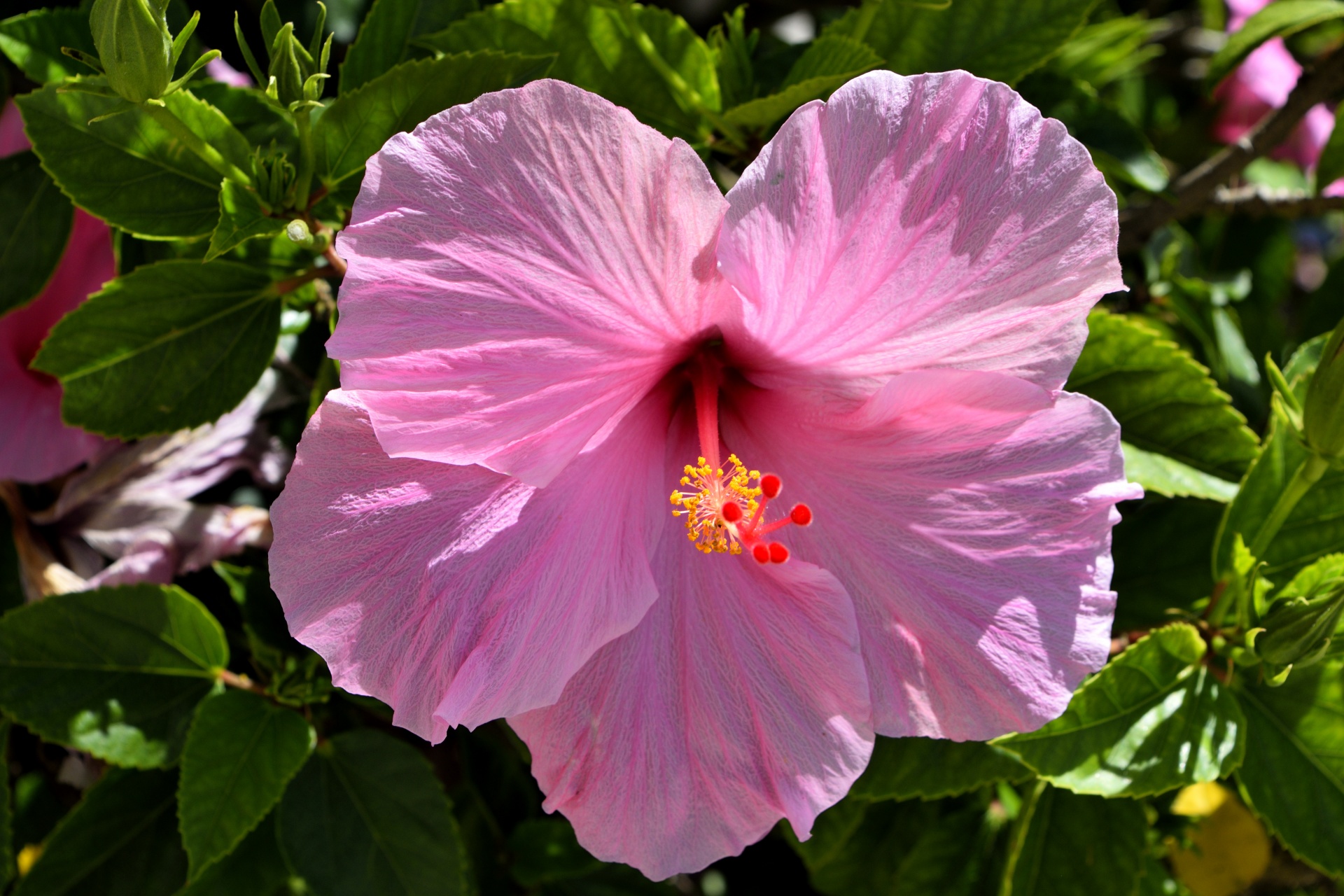
14. Hibiscus: The ACE Inhibitor Alternative
Imagine lowering your blood pressure simply by enjoying a refreshing cup of tea. With hibiscus, this possibility becomes a delicious reality, offering a natural approach that works similarly to prescription ACE inhibitors, but without the potential for side effects. The vibrant, deep red flowers of the hibiscus plant are a true gift from nature, containing a wealth of anthocyanins and other beneficial compounds that actively support healthy blood pressure.
The magic of hibiscus lies in its ability to relax blood vessels and reduce fluid retention, two crucial actions for maintaining optimal blood pressure. Its active compounds, particularly anthocyanins, contribute to these effects by influencing the body’s vascular system. Indeed, research highlights that hibiscus works by lowering levels of angiotensin-converting enzyme (ACE), an enzyme responsible for constricting blood vessels. By inhibiting ACE, hibiscus allows blood vessels to remain more relaxed and open, facilitating smoother blood flow and consequently, lower blood pressure.
Beyond its direct impact on ACE, hibiscus also offers a rich supply of antioxidants, which play a vital role in protecting cardiovascular health. These antioxidants combat oxidative stress, reducing damage to arterial walls and helping to prevent the buildup of plaque that can lead to arterial stiffness and elevated blood pressure. Studies have consistently shown that regular consumption of hibiscus tea can lead to significant reductions in both systolic and diastolic blood pressure, making it a powerful, natural intervention for hypertension.
Incorporating hibiscus into your daily routine is delightfully simple and incredibly flexible. A warm cup of hibiscus tea can be a calming morning ritual, or you can prepare it iced for a refreshing beverage throughout the day. Its tart, cranberry-like flavor is delicious on its own or can be sweetened with a touch of honey or stevia. Consistency is key to reaping the full benefits, so making hibiscus tea a regular, enjoyable habit can be a remarkably effective and delicious strategy for naturally supporting healthy blood pressure and promoting overall circulatory wellness.
As we conclude our flavorful adventure through the world of spices, it becomes abundantly clear that these everyday ingredients hold immense potential for enhancing health, particularly in managing blood pressure. By embracing the culinary and medicinal benefits of these aromatic wonders, individuals can embark on a natural and enjoyable pathway to better health. We’ve explored how spices, from the warming notes of cinnamon to the refreshing zest of hibiscus, can be incorporated into daily routines, offering practical tips and insights for harnessing their full potential. Spices remain a vital and delicious component of a balanced, vibrant, and heart-healthy lifestyle, truly transforming your kitchen into a natural pharmacy for wellness.



